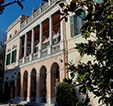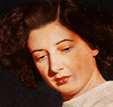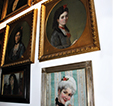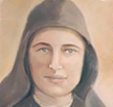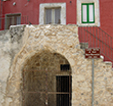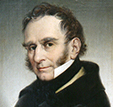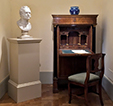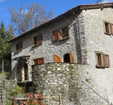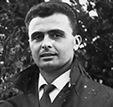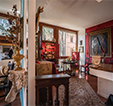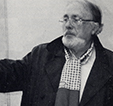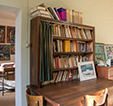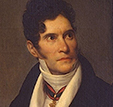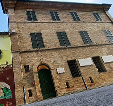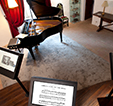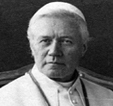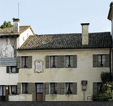Firenze
The House of Franco and Lidia Luciani was built in the mid-1920s with funds from the employees of Società Elettrica Sert Valdarno (today ENEL, the so-called "Gruppo Luce").
The House is located in the Gavinana district in the south-east part of Florence.
Franco Luciani, who was born in 1930, lived in this house from his childhood. Franco was a true Florentine who loved art in all its expressions and he was strongly linked to his city and Tuscany. It was in this house that Franco and Lidia raised their family.
The House displays their hand-selected collection of paintings, engravings, prints, ceramics, majolica, bronzes, books, ancient postcards, and antique furnitures.
Both Franco and Lidia had a classical studies background: Franco was a pharmacist, and Lidia was an Italian Literature and History teacher. Both were particularly passionate about 19th century Tuscan paintings and, throughout their lives together, they bought numerous paintings by Macchiaioli and Post-Macchiaoli masters. These artists, starting from 1860, animated the Italian pictorial panorama and contributed decisively to the renewal of traditional pictorial aesthetics, and the anticipators of impressionism.
Their passion for this artistic movement lead Franco and Lidia to write in 1974 the Dictionary of Italian Painters of the 19th Century. This book was published by Vallecchi, and copies are still in the House.
The collection in the house started to grow in the 1950’s thanks to Franco’s passion and Lidia’s support, year after year untill 2006, when Franco became ill and passed away.
Many of the paintings in the house were loaned for exhibition and vernissages. Due in part because of this passion but also because of his knowledge of tyhis genre of artistic expression, Franco became an art consultant and was involved with organizations that arranged exhibits of various painters.
The collection starts on the first floor, with differents portraits of young women and young men. It continues in Franco's studio where recognized painters of the Labronico Group are featured. This group was born with the hope of enhancing Livorno art and the collection includes some works of Nomellini, Lomi, Natali, March, Filippelli, and Corcos.
The collection continues in the hall next to the house garden: this room includes the Florentine Macchiaioli painters, with figurative paintings by Signorini, Cabianca, Tommasi; the Florentine glimpses of Borrani, and an entire wall dedicated to Oscar Ghiglia, featuring still lifes and the portrait of his son Paulo.
The collection continues on the first floor, with a large painting by Silvio Bicchi, a pupil of Fattori at the Academy of Fine Arts in Florence.
There are also numerous bronzes, sculptures, vases, pots, ceramics, majolica, small Japanese and ivory netsuke. These placements respect the painting collection harmony and structure.
The house features an ancient books and catalogues archive.
With Franco and Lidia both gone, the collection they built and shaped remains intact and displayed just as it was when they lived – a precious collection that Franco and Lidia proudly showed to their family and friends.
So now, their two daughters would be delighted to share these works of art with sector experts, scholars or simply art lovers. In doing so they hope to honor the memory of Franco and Lidia Luciani and also honor the great works and history of Italian paintnings of the 1800’s and early 1900’s.
